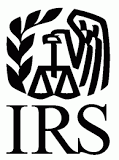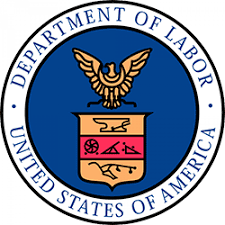The DOL issued an interim final rule on August 18, 2020 that gives plan administrators the opportunity to limit their liability with respect to the lifetime income illustrations that will be required soon for pension benefit statements for defined contribution plans. The rule provides a set of assumptions to use in preparing the lifetime income illustrations, as well as model language that may be used for benefit statements.
Background
The SECURE Act amended the pension benefit statement requirements under section 105 of the Employee Retirement Income Security Act of 1974 (ERISA) to require that a participant’s accrued benefits be included on his or her pension benefit statement as both (1) a current account balance and (2) an estimated lifetime stream of payments. The SECURE Act required that the estimated lifetime stream of payments be shown as both a single life annuity (SLA) and a qualified joint and survivor annuity (QJSA), at least annually.
Actuarial Assumptions & Model Language
The interim final rule prescribes the following assumptions for calculating the lifetime stream of payments:
+ Assumed Commencement Date: Plan administrators must calculate monthly payment illustrations as if the payments begin on the last day of the benefit statement period.
+ Assumed Age: Plan administrators must assume that, on the assumed commencement, a participant is the older of age 67 or the participant’s actual age.
+ QJSA Assumptions: Plan administrators must assume that all participants have a spouse of equal age. Plan administrators must also use a Qualified Joint and 100% Survivor Annuity.
+ Assumed Interest Rate: Plan administrators must use the 10-year constant maturity Treasury rate (10-year CMT) as of the first business day of the last month of the statement period to calculate the monthly payments.
The interim final rule requires that plan administrators provide various explanations about the estimated lifetime income payments to participants. The rule provides model language that may be used for each of the required explanations, and the model language may be integrated into a plan’s pension benefit statements or attached to the statements as an addendum. See pages 93 through 98 of the IFR for the model language.
Limitation on Liability
In accordance with the SECURE Act, the interim final rule provides that no plan fiduciary, plan sponsor, or other person will be liable under ERISA for providing a lifetime income illustration that (1) uses the published assumptions to calculate the lifetime income equivalents, and (2) uses the DOL’s model language, or language substantially similar to the model language, in participants’ benefit statements. This relief from liability addresses the concern of many plan fiduciaries that participants might sue them if actual monthly payments in retirement fall short of illustrations provided prior to retirement.
Effective Date & Comment Period
The interim final rule will be effective 12 months after the date of its publication in the Federal Register. The interim final rule includes a 60-day comment period.
For more information, please see the Interim Final Rule, the DOL Fact Sheet, and the DOL News Release.



